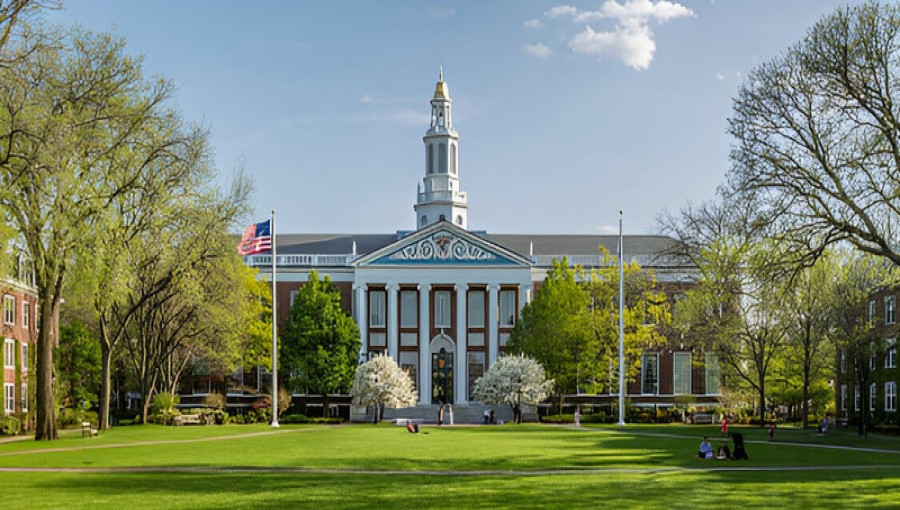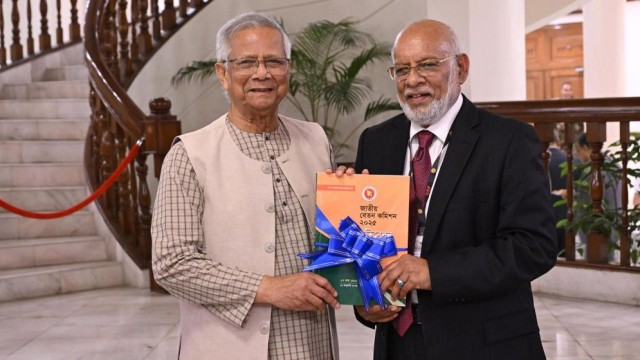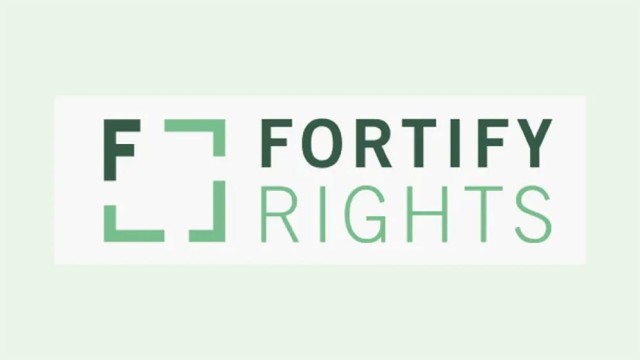Over a million international students are choosing the United States for their higher education each year, nearly double the number heading to the UK. With American universities dominating global rankings and offering diverse, high-quality Bachelor's, Master's, and PhD programs, students are drawn to the 4,300+ institutions across the country.
Dhaka, July (V7N)- International students increasingly choose the United States for higher education, with over a million arriving annually—almost double the number heading to the UK. American universities excel in world rankings, offering high-quality Bachelor's, Master's, and PhD programs.
With over 4,300 universities, students can find diverse study programs and campus environments in a culturally rich setting shaped by global migrants. The US is a leader in finance, entertainment, and technology, providing proximity to major industry hubs like New York, LA, and San Francisco. The country also offers a wide range of geographical features, from bustling cities to natural wonders.
Choosing a University in the United States When selecting a university in the US, start by making a shortlist based on criteria such as location, subject, and world ranking. Research each option thoroughly, considering admissions criteria, costs, and deadlines. Choose a university and course that match your learning style, whether it’s practical placements or a more academic approach. Consider the cultural experience you desire, whether a bustling city or a traditional campus setting. Careful evaluation of your options and priorities will help you find a university that meets your academic needs and provides an enriching experience.
 (1).jpg)
Top 10 Universities in the USA
| US Rank 2024 | World Rank 2024 | World Rank 2023 | University | City | State |
|---|---|---|---|---|---|
| 1 | 2 | 3 | Stanford University | Stanford | California |
| 2 | 3 | 5 | Massachusetts Institute of Technology (MIT) | Cambridge | Massachusetts |
| 3 | 4 | 2 | Harvard University | Cambridge | Massachusetts |
| 4 | 6 | 7 | Princeton University | Princeton | New Jersey |
| 5 | 7 | 6 | California Institute of Technology (Caltech) | Pasadena | California |
| 6 | 9 | 8 | University of California, Berkeley | Berkeley | California |
| 7 | 10 | 9 | Yale University | New Haven | Connecticut |
| 8 | 13 | 13 | The University of Chicago | Chicago | Illinois |
| 9 | 15 | 15 | Johns Hopkins University | Baltimore | Maryland |
| 10 | 16 | 14 | University of Pennsylvania | Philadelphia | Pennsylvania |
Structure of the Academic Year Most American universities follow a three-semester system:
- Fall Semester: September to December
- Spring Semester: January to April
- Summer Semester: May to July
Language Requirements To study in the US, you need to prove English proficiency. Commonly accepted tests and required scores include:
- IELTS Academic: Minimum 6.5
- TOEFL iBT: Minimum 80
- PTE Academic: Minimum 55
- Cambridge English C1 Advanced or C2 Proficiency: Minimum score of 180
- Duolingo English Test: Minimum score of 115
Tuition Fees Tuition fees vary widely in the US, typically ranging from $10,000 to over $60,000 per year for a Bachelor's degree. Master's degree tuition averages around $20,000 annually, though some programs may be cheaper. Private universities like Harvard or Stanford can cost up to $60,000 per year, while state institutions are generally more affordable.
Living Costs Living costs in the US vary significantly:
- Rent: $600 to $3,000 per month depending on location
- Food: $400 to $600 per month Cities are generally more expensive, while southern and midwestern states are more affordable.
Strategies for Securing a Scholarship
- Maintain Strong Academic Performance: High grades are essential for scholarship eligibility.
- Enhance English Proficiency: Good scores in standardized English tests like TOEFL or IELTS are often required.
- Explore Available Scholarships: Look into programs like the Fulbright Scholarship and Rotary Peace Fellowship.
- Emphasize Academic and Career Goals: Highlight how the scholarship will help you achieve your objectives.
- Establish Connections: Network with professors and experts in your field for insights and recommendations.
- Prepare Compelling Application Materials: Submit well-written personal statements, recommendation letters, and resumes.
Applying for the Student Visa
- Receive an I-20 form from the university.
- Pay the SEVIS fee ($350) and submit the receipt.
- Fill out Form DS-160 and schedule an interview at a US embassy or consulate.
- Attend the interview with required documents, including:
- Passport
- DS-160 Confirmation
- Visa Interview Appointment Letter
- I-20 Form
- SEVIS Fee Receipt
- Proof of Financial Resources
- Proof of English Proficiency (if required)
- Proof of Academic Qualifications
Post-Study Work Graduates can pursue post-study work through various visa options:
- H-1B Visa: Allows living and working in the US for up to six years.
- Optional Practical Training (OPT): Offers 12-month work authorization after completing studies, with possible extensions.
- F-1 Student Visa: Permits on-campus work for up to 20 hours during the academic program.
Stay updated on eligibility requirements and seek guidance from your university's international student department for necessary paperwork and applications.
END/AZS/SMA/































Comment: